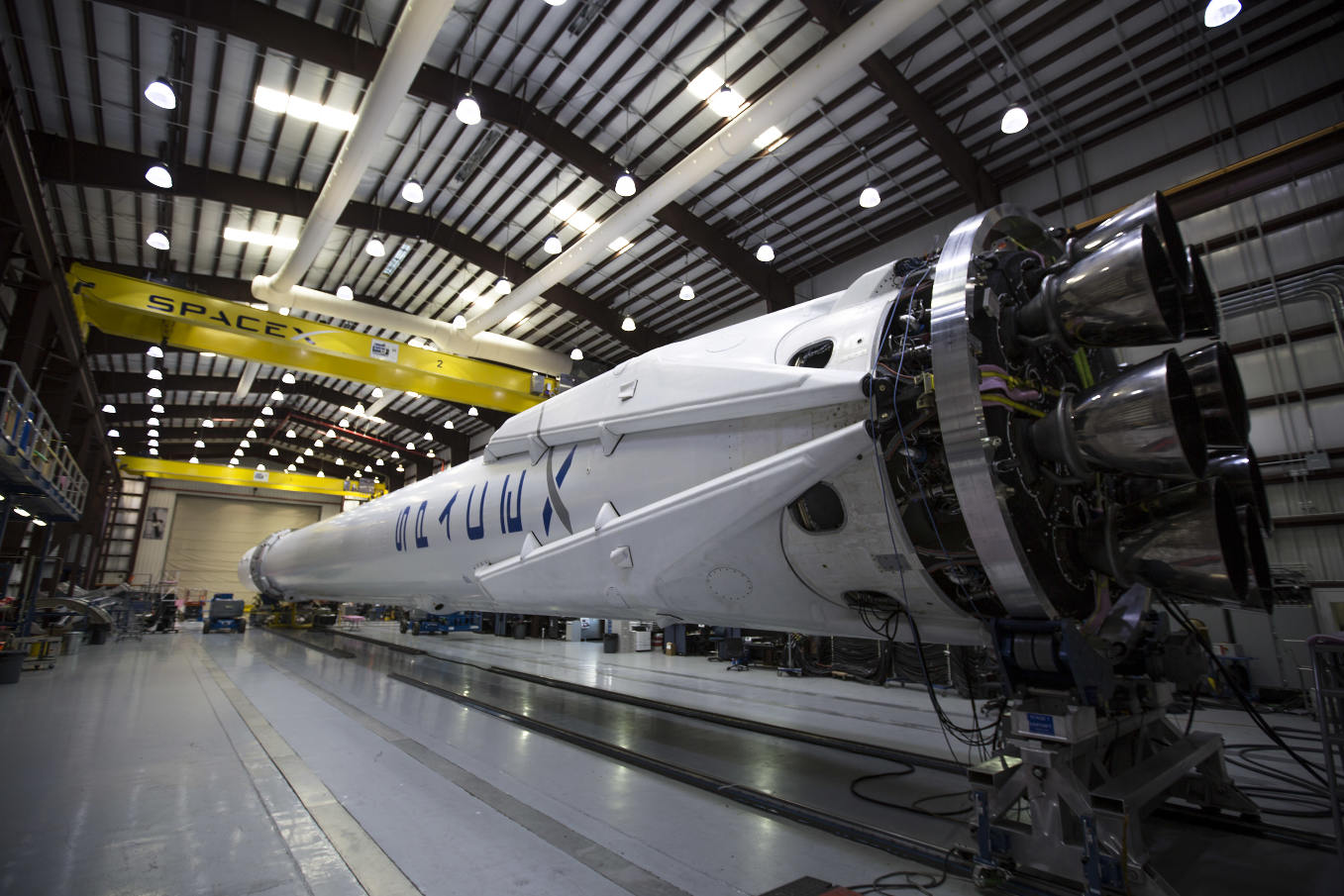SpaceX plans to resume flights with a launch from Vandenberg Air Force Base northwest of Los Angeles on 8th January to carry the first ten Iridium NEXT telecommunications satellites into orbit.
Iridium's primary launch campaign consists of seven SpaceX Falcon 9 launches, deploying ten Iridium NEXT satellites at a time. These 70 Iridium NEXT satellites are scheduled to be deployed by early 2018. Thales Alenia Space is prime contractor for the assembly and testing of a total of 81 satellites. Iridium NEXT will replace the initial Iridium satellites with upgraded platforms.
It will be the first Falcon 9 flight since the explosion on the launch pad at Space Launch Complex 40 (SLC-40) at Cape Canaveral Air Force Station that destroyed the launch vehicle and its AMOS-6 payload on 1st September.
SpaceX recently provided its latest update on that event. Investigators have examined more than 3,000 channels of video and telemetry data covering the 93 milliseconds from the first sign of anomalous data to the loss of the second stage, followed by loss of the vehicle.
The accident investigation team worked systematically through an extensive fault tree analysis and concluded that one of the three composite overwrapped pressure vessels (COPVs) inside the second stage liquid oxygen (LOX) tank failed. Specifically, the investigation team concluded the failure was likely due to the accumulation of oxygen between the COPV liner and overwrap in a void or a buckle in the liner, leading to ignition and the subsequent failure of the COPV.
Each stage of Falcon 9 uses COPVs to store cold helium which is used to maintain tank pressure, and each COPV consists of an aluminum inner liner with a carbon overwrap.

